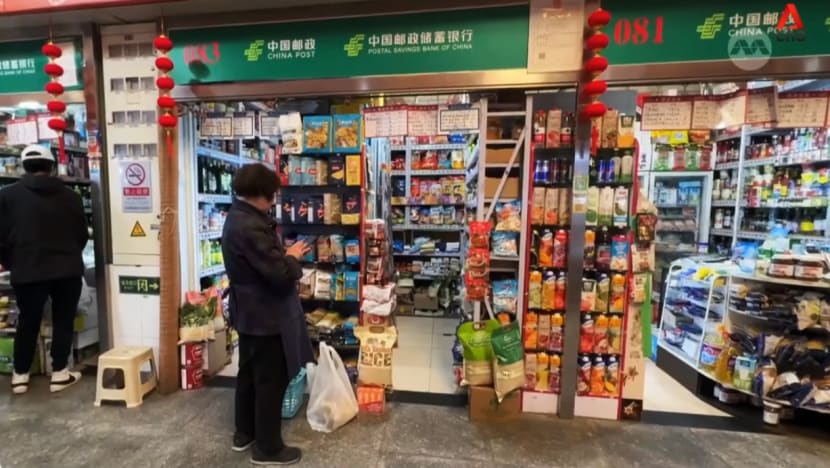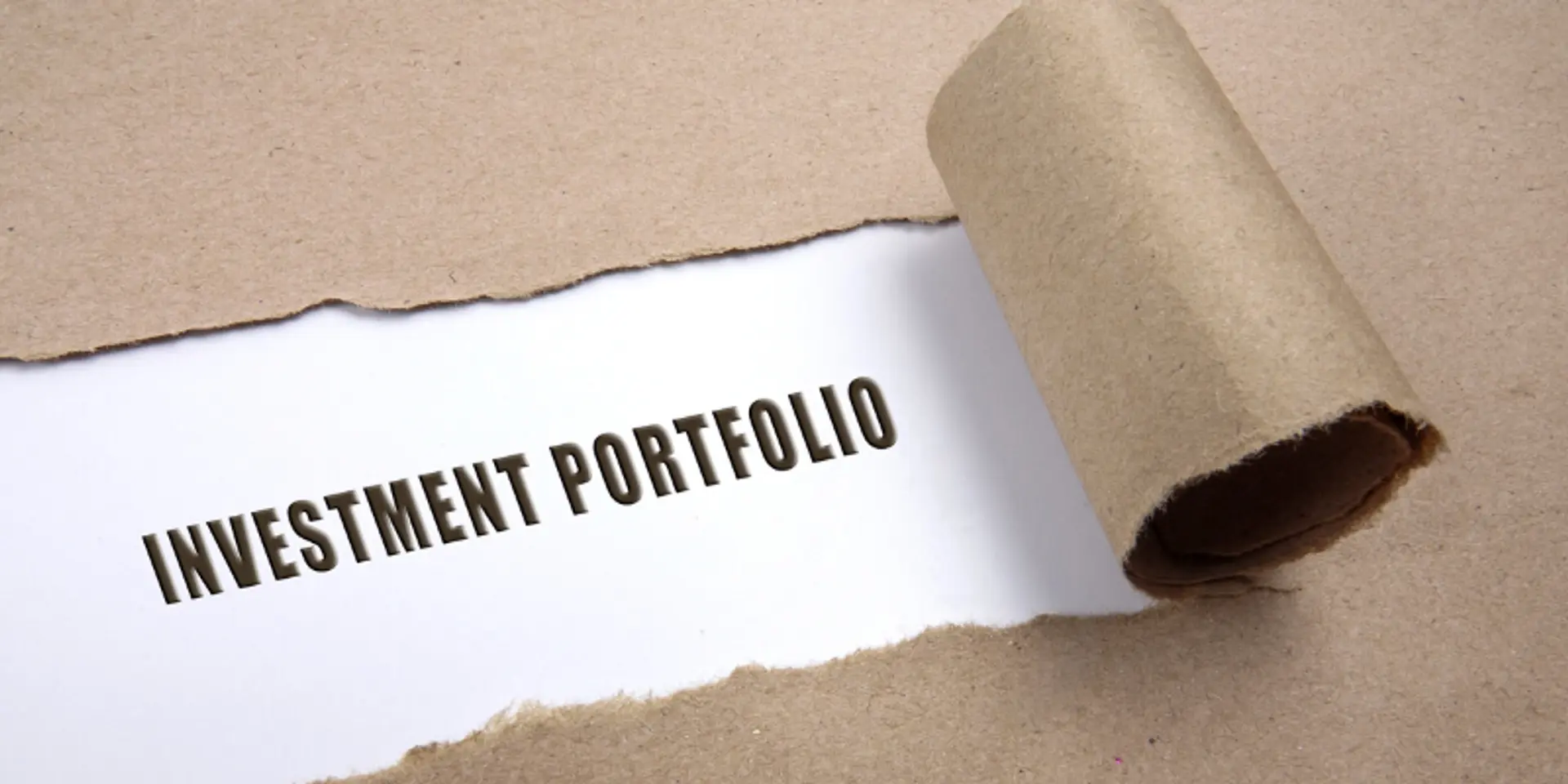Is Tariff-Driven Inflation Real? What Experts Say
Is Tariff-Driven Inflation Real? What Experts Say inflation—a word that often sparks anxiety and economic finger-pointing—has become a dominant theme in global headlines. Prices of goods and services have soared, wallets are feeling lighter, and households are recalculating their monthly budgets. But as pundits debate the root causes, a particularly controversial culprit has entered center stage: tariff-driven inflation.
Does placing tariffs on foreign goods actually inflate prices domestically? Or is this just another economic scapegoat for deeper, systemic issues? Let’s unravel the tangled web of trade policy, economics, and expert opinions to get a comprehensive look at whether tariff-driven inflation is a real phenomenon or just economic mythmaking.
What Is Tariff-Driven Inflation?
To begin with, let’s demystify the term. Tariff-driven inflation refers to the rise in consumer prices directly or indirectly triggered by government-imposed tariffs on imported goods. In simple terms, tariffs function like a tax on imports. When a country levies tariffs, importers face higher costs, which are often passed down the supply chain to manufacturers, retailers, and ultimately—consumers.
Now, not all inflation is caused by tariffs. There are many other factors at play, from supply chain disruptions to monetary policy. But tariffs? They’ve got a unique seat at the economic table.
The Economic Mechanics Behind Tariffs
Let’s dive into how the machinery of tariffs really works in the modern economy.
When a tariff is introduced, say, a 25% tax on imported steel, the cost of steel in the domestic market rises. For companies that rely on steel—like car manufacturers or construction firms—this creates a cost dilemma. They can either:
- Absorb the extra cost and reduce their profit margins
- Pass the cost onto consumers by increasing prices
- Source alternatives domestically, which may still be pricier
This cascading effect can lead to sector-wide price hikes. When repeated across multiple industries, the result? A broader impact on the inflation index. That’s the crux of tariff-driven inflation.
Historical Context: When Tariffs Rocked the Economy
Let’s take a short trip through history. Tariffs have long been used as tools of trade warfare and economic nationalism. But they’ve also left behind some unforgettable price tag shockwaves.
The Smoot-Hawley Tariff Act (1930)
This infamous act raised U.S. tariffs on over 20,000 imported goods. Initially designed to protect American farmers during the Great Depression, it triggered retaliatory tariffs from other countries. Global trade shriveled, and prices in some sectors spiked. Economists today still point to Smoot-Hawley as a cautionary tale of how aggressive protectionism can boomerang.
U.S.-China Trade War (2018–2020)
Fast-forward to recent years. The U.S. slapped tariffs on hundreds of billions of dollars’ worth of Chinese imports. In response, China retaliated with its own set of tariffs. The result? Prices for everything from washing machines to agricultural goods experienced upward pressure.
In a 2019 study by the Federal Reserve Bank of New York, economists found that the cost of tariffs was “almost entirely passed through to U.S. domestic prices.” That’s a textbook case of tariff-driven inflation.
What the Experts Are Saying
So, is tariff-driven inflation just political rhetoric, or is it grounded in economic truth?
Paul Krugman – Nobel Laureate and Economist
Krugman argues that while tariffs can cause short-term price hikes, they are not the primary driver of long-term inflation. Still, he acknowledges their ripple effect: If enough industries get hit, you see a general lift in prices—especially in the early phases of a trade war.
Jerome Powell – Chair, Federal Reserve
Powell has been cautious in his wording but admits the link. In congressional testimony, he said, Tariffs may temporarily raise inflation, especially if supply chains are disrupted. The effect is measurable but not overwhelming.
Harvard Kennedy School Analysis
A research paper from Harvard concluded that industries heavily reliant on imports showed the most significant price increases post-tariffs. Their study emphasized that tariff-driven inflation is a real and measurable phenomenon in affected sectors.
The Domino Effect on Supply Chains
One of the less discussed aspects of tariff-driven inflation is how it disrupts global supply chains.
Tariffs introduce unpredictability into trade routes. When companies cannot rely on consistent prices, they delay investments, shift suppliers, or hoard inventory—all of which can lead to price surges. Logistics costs go up. Insurance premiums increase. And all of it adds to the final price tag of products on shelves.
For example, consider electronics. A tariff on semiconductors may not just increase the price of a microchip—it could increase the cost of smartphones, cars, home appliances, and even toys. It’s a domino effect that echoes across the economy.
Case Study: The Cost of a Washing Machine
A real-world illustration of tariff-driven inflation comes from the appliance industry. In early 2018, the U.S. imposed tariffs on imported washing machines. Before long, prices surged. According to the Bureau of Labor Statistics, prices for washing machines rose nearly 20% in just a few months. Consumers noticed. Retailers noticed. Economists raised eyebrows.
It wasn’t just washing machines that got pricier. Dryers—often bought as a pair—even without direct tariffs, saw price increases due to bundled marketing. That’s the stealthy reach of tariff-influenced inflation.
Retaliation: The Hidden Fuel
Another layer that fans the flames of tariff-driven inflation is retaliation. When one country imposes tariffs, the target often retaliates. Suddenly, exports become more expensive, foreign demand weakens, and producers have to shift their strategies—often leading to inefficiencies that, again, boost prices.
This tit-for-tat dynamic can spiral into a trade war, making the inflationary consequences even worse.
Are Consumers Really Paying the Price?
Short answer: Yes.
A 2021 study by the National Bureau of Economic Research found that nearly 100% of the cost of tariffs was passed on to U.S. consumers. That’s a sobering stat. It means that when the government targets foreign exporters, it often ends up hitting domestic shoppers squarely in the wallet.
Imagine paying an extra $200 for a laptop, $1,000 more for a car, or 10% more for groceries—all because of tariff policy decisions. The cumulative effect can quietly erode purchasing power, particularly among middle- and low-income households.
How Tariff Inflation Differs from Other Inflation Types
Inflation can stem from various sources—supply chain shocks, excessive money printing, demand surges, and more. So how does tariff-driven inflation differ?
- Targeted Origins: It arises from deliberate policy rather than market forces
- Predictable Pathways: The sectors affected are often known in advance
- Policy Reversibility: Unlike natural disasters or pandemic-induced shortages, tariffs can be lifted to curb inflation
This makes tariff-driven inflation somewhat unique—it’s government-engineered and, theoretically, government-reversible.
What Can Be Done About It?
If tariff-driven inflation is a problem, what’s the solution?
Short-Term Fixes
- Tariff Exemptions: Temporarily lifting tariffs on critical imports can relieve immediate pressure
- Subsidies: Governments may offer subsidies to cushion the blow for certain industries
- Currency Adjustments: A stronger domestic currency can offset tariff impacts on import prices
Long-Term Strategies
- Diversified Trade Agreements: Expanding free trade agreements can reduce reliance on high-tariff regions
- Domestic Manufacturing Incentives: Building resilient domestic supply chains reduces exposure
- Transparent Policy Dialogue: Avoiding sudden tariff hikes can help businesses prepare and adapt without panic-driven price hikes
What the Future Holds
Looking ahead, the world isn’t backing away from tariffs anytime soon. Nationalism, political tensions, and global competition mean trade protectionism is here to stay. But the economic fallout, particularly tariff-driven inflation, may push policymakers to rethink their strategies.
Emerging economies are also getting into the tariff game, raising fresh concerns about global inflationary trends. For multinational businesses and ordinary consumers, understanding these dynamics will become more essential than ever.
Final Thoughts: Is Tariff-Driven Inflation Real?
The evidence is clear: tariff-driven inflation is not an economic ghost story. It’s a tangible, measurable, and often painful outcome of trade policy. While not the only cause of inflation, tariffs certainly contribute their share—especially when used aggressively or without strategic foresight.
Experts may differ on the scale of its impact, but there is broad consensus that tariff-driven inflation exists and deserves serious attention. Whether you’re a policymaker, business owner, or just someone trying to stretch your grocery budget, keeping an eye on tariff news could be more important than ever.
Because when trade policy gets heated, your wallet may feel the burn.
Stay informed, stay savvy—and don’t underestimate the price of politics.





